|
Tuba Azmudeh (1878-1936 AD) was an educator from a middle-class Iranian family who established one of the first schools for girls. Before the 1905 Constitutional Revolution, women had no rights, child marriages were common, and husbands could divorce their wives at any time. The discrimination was so entrenched in society that women had internalized and accepted it. Female education was against Islam and many believed that women didn’t even have the ability to learn. In the early days of the Constitutional Revolution, a few women activists emerged. One of these was Tuba Azmudeh, who founded a girl school called Namus (Honor). Like many female activists, she encountered much hardship and antagonism. Another activist, Mah-Soltan Amir-e Sehhi, shared what these women had to struggle against: “The first problem was the unwillingness of landlords to lease a house for the school, which they imagined would be a center of corruption. After a house had been found and the landlord reassured, certain people in the locality began to stir up opposition and cause trouble. They…removed the school signboard or threw stones at it…neighbors used to get loiterers—very often psychopaths who then prowled the streets as there were no lunatic asylums—to walk into the school’s premises and grin at the terrified girls, while they themselves would gather outside the gateway to enjoy the spectacle and jeer. In reply to complaints from the school’s governors, they stated that the best way to avoid further trouble would be to close this “den of iniquity” and let no more girls through its gate.” Women’s education became a symbol of sexual corruption and the clergy accused schools of being centers of prostitution. Therefore, the founders of these schools, all of whom were women, made anxious efforts to justify educating girls. The selection of school names makes this clear: Namus (Honor), Effatiyeh (House of Chastity), Esmatiyeh (House of Purity) and Nasrotiyeh School for Veiled Girls. Tuba Azmudeh, like her activist counterparts, continuously received death threats and was denigrated as immoral. But eventually, Namus school expanded in size and curriculum and achieved prestige as progressive Iranians send their daughters to study there. Azmudeh later began to offer courses to adult illiterate women and has been credited with inspiring other female educators in Iran. She died in 1936 at the young age of 57. References:
Mastoureh Afshar (1898-1951 AD) was an Iranian intellectual and one of the pioneering women in the women’s rights movement. Mastoureh was born to an intellectual and open-minded family from Urmia, Azerbaijan in Iran. At a young age she mastered French, Russian and Farsi and later joined social and cultural movements that fought for the rights of women, such as the Society of Patriotic Women. With the 1905 Constitutional Revolution, many new societies and organizations were created and flourished. At the start of the revolution, female societies operated underground while aiding the revolution. Later, with the establishment of the parliament and the Second World War, some of those organizations began to officially operate and fight for women’s rights. The Society of Patriotic Women was one of those organizations. When Mastoureh became president of The Society of Patriotic Women, the Society had 200 members and its goals consisted of ensuring education for both girls and old women. The Society also supported orphaned girls and established a hospital for impoverished women. It published a magazine that fought for the rights of women and created a play called “Adam and Eve” which became immensely popular in Iran. Thousands of women, including European women, would attend the show. The money from the tickets was used to fund the education of old illiterate women. However, due to severe opposition from the Islamic clergy the play had to be shut down. Unfortunately, over time, with the accusation of having communist leanings, the Society was forced to close. Many of its female leaders, including Mastoureh, were later given the opportunity to join the Women’s Club, which was the very first female organization created by the government to assist women in need. Until the end of her life, Mastoureh fought for the rights of women. She died in September 1951 when she was only 65 years old. References:
Doctor Marzieh Arfaei (b. 1901) was the first woman to hold the rank of General in the Iranian military. She was born in Istanbul, five years before the Qajar King, Muzaffar el-Din Shah, reluctantly accepted the revolutionaries’ demands for a constitutional monarchy. Marzieh graduate from the Medical School in Istanbul in 1929 and for two years worked as a pediatrician and gynecologist. During her time away, Reza Shah overthrew the Qajar dynasty and worked on modernizing Iran. As part of that effort, he banned the veil and changed marriage laws, which clerics and conservatives in the society vehemently opposed. After returning to Iran, Marizeh worked as a physician for the Ministry of Health and was put in charge of two wards at the Pahlavi Hospital in Tehran. Eventually, she was appointed the Head of the Women’s Army school until the army hired her as a physician where she began to work in military hospitals. For many years, she also trained young women who wanted to become paramedics. In 1933, Reza Shah ordered that she be given the rank of Captain in Iran’s Imperial Army. After hard work and moving up the ranks, she was promoted to Brigadier-General by the order of Reza Shah’s son, Mohammad Reza Shah Pahlavi. Marzieh retired from the army in 1962 after serving for 30 years. She died in 1979 right before the success of the Islamic revolution and a regime that rolled back much of the progress made by women. References:
Maryam Amid Semnani who lived in the late 1800s to mid-1900s is known to be Iran’s first female journalist. This is at a time when reading and writing were not encouraged in women and in fact the King, Naser ed Din Shah Qajar, so did not like women to be educated that some of his wives hid their ability to read and write from him. Maryam Amid was the only daughter of the Shah’s physician, Mir Seyyed Razi Semnani, who took the education of his daughter in his own hands. Maryam Amid received primary education from her father and later on, continued her studies in French and photography. In 1910, she established the first magazine for women called “Science,” which though was shut down within a year, had a huge impact on society during the Constitution Revolution. Her second publication called Shokoufeh (Blossom) was made available in 1913 and became the largest dedicated newspaper for women. She also used the paper to fight superstition and traditional views held by many women. By condemning women’s traditional and underdeveloped attitudes and highlighting how women outside of Iran lived, especially in Europe, she increased Iranian women’s awareness in a lasting and fundamental way. She established a girl’s school called Mazineyeh. Due to conservative and patriarchal views of the society, families were hesitant to educate their daughters. Maryam Amid, therefore, came up with a brilliant plan. For every two students who signed up, one student could attend school for free, but then the parents could not pull out their daughters until the end of their studies. This plan was effective in encouraging girls to finish their education. Maryam Amid died in September 1919 on a trip to her hometown, Semnan, due to a heart attack. ----------------------------------------
References:
Farokhroo Parsa (1922-1980 AD) was Iran’s first female cabinet minister and an outspoken supporter of women’s rights in Iran. A physician and educator, she served as Minister of Education of Iran prior to the Islamic revolution. Farokhroo Parsa was born to a mother who was also a vocal proponent of gender equality and educational opportunities for women. In fact, the progressive views of her mother, Fakhr-e Afagh, who was the editor of a woman’s magazine called The World of Women, were met with opposition from conservative forces within the society, leading to the expulsion of her family by the government. Later with the intervention of Prime Minister Mostofi ol-Mamalek, her family was allowed to return to Tehran. Upon obtaining a medical degree, Parsa became a biology teacher at Jeanne d’Arc high school, where she came to know Farah Diba, one of her students, who later on would marry Mohammad Reza Shah Pahlavi. In 1963, she was elected to the parliament and began to petition for suffrage for Iran’s women. She was also the driving force behind the legislation that amended existing laws concerning women and family. In 1968, she became Minister of Education in the cabinet of Amir-Abbas Hoveyda’s government. It was the first time in history of Iran that a woman had occupied a cabinet position. When the Islamic revolution occurred, Farrokhroo Parsa who had been out of the office for eight years, was arrested and charged with corruption and prostitution. According to Ms. Afkhanmi, Ayatollah Khomeini viewed all political participation by women as tantamount to prostitution. Farokhroo Parsa was executed by firing squad on 8 May 1980 in Tehran. In her last letter from prison, she wrote to her children. “I am a doctor, so I have no fear of death. Death is only a moment and no more. I am prepared to receive death with open arms rather than live in shame by being forced to be veiled. I am not going to bow to those who expect me to express regret for fifty years of my efforts for equality between men and women. I am not prepared to wear the veil and step back in history.” -------------------------------------------------------
Sources: |
Details
AuthorSaghi (Sasha) Archives
May 2019
Categories |
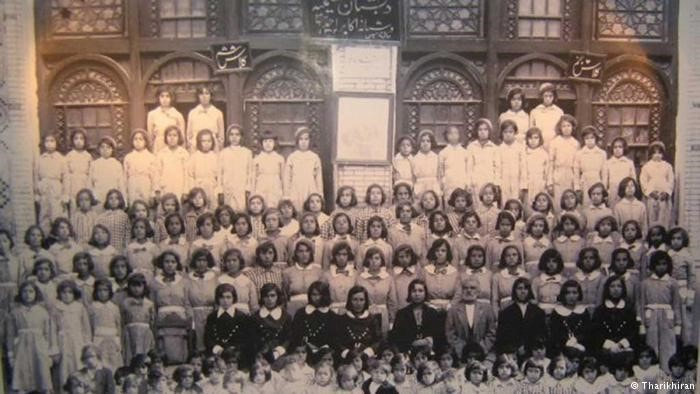
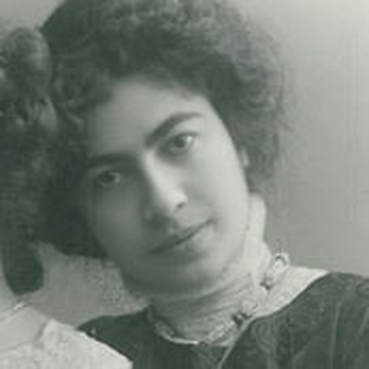
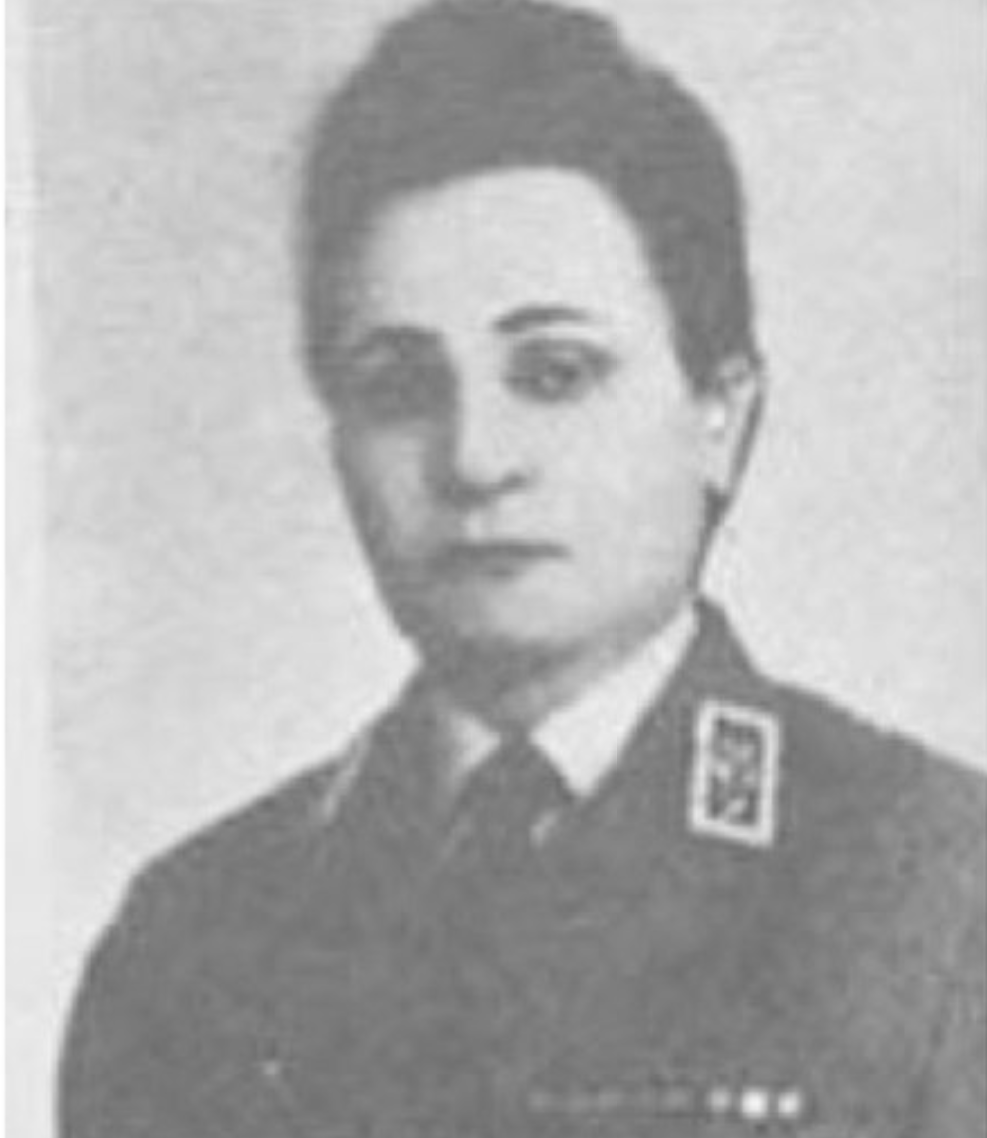
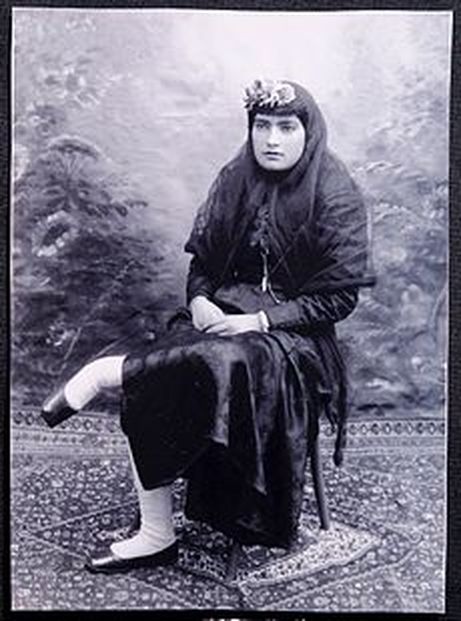
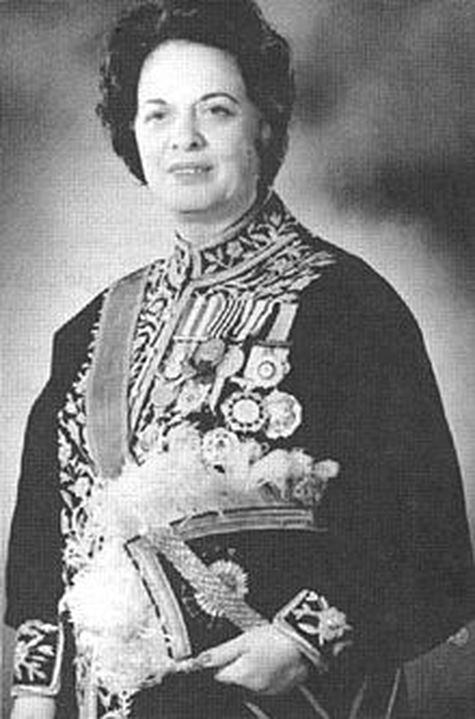
 RSS Feed
RSS Feed